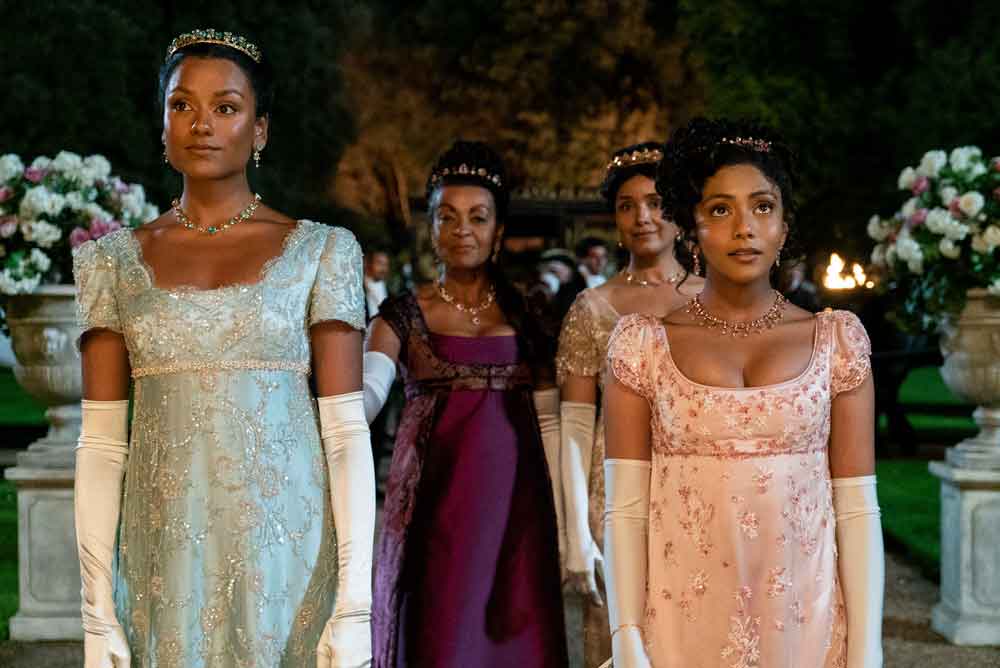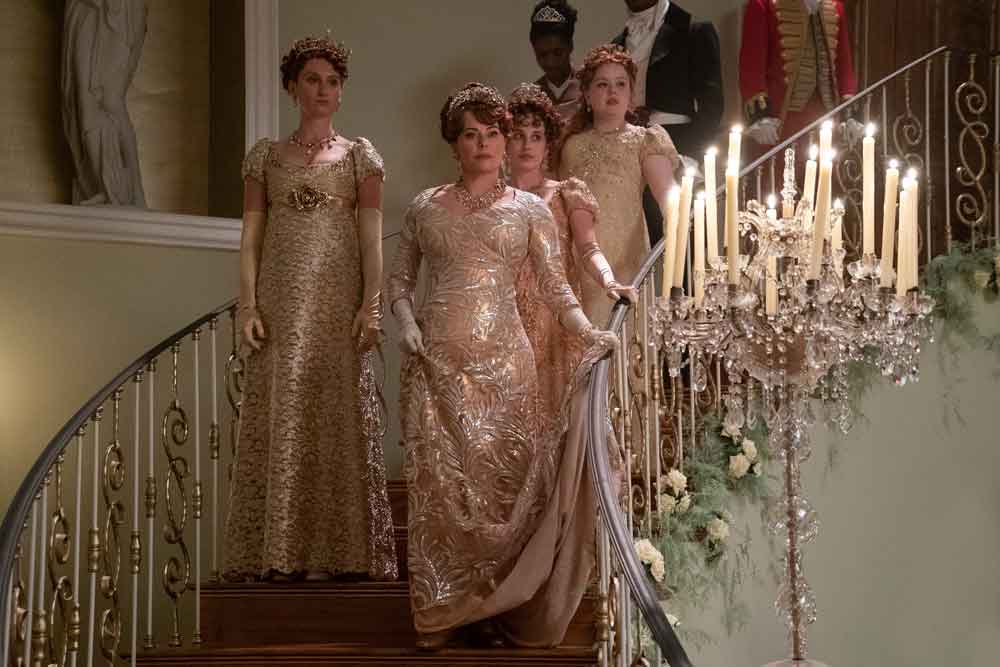*This article includes spoilers for Bridgerton Season 2.
The much-awaited second season of that show everyone fell in love with two years ago is finally here, and binge-watchers around the world are gearing up to make a marathon of catching Bridgerton on Netflix just to know what happens next! The show by Shonda Rhimes promised a lot, especially since the fact that certain British-origin characters from the books by Julia Quinn have been converted into South Asian-origin ones was revealed. The Sheffield women turned into the Sharma women, and all of us found the prospect of this noteworthy shift something to look forward to.
Apart from that, the return of Bridgerton also raised hopes about some of our favourite characters. The continuation of the stories of those beloved characters, from Eloise Bridgerton to Penelope Featherington, has also drawn the attention of millions from around the world. But did the second season deliver everything we hoped for? Here’s what you should know.

Lady Whistledown returns
This was perhaps the biggest reason why many of us chose to return to view the second season with such eagerness—and it’s totally justified by the show too. Now that the show reveals exactly how she runs her little venture, Lady Whistledown turns out to be another inspiring woman entrepreneur in a world where men dominate the money markets, real estate, businesses and everything else that can provide anybody with a sense of freedom. What’s more, she actually ropes in a partner and expands this season! If you’re all for women collaborating and subverting the world of men, then this season won’t disappoint at all. If you’re also someone who’s watched Derry Girls, then you can’t help but feel a flutter when Nicola Coughlan finally uses her real Irish accent on the very English show that is Bridgerton.
As for the woman behind the pseudonym of Lady Whistledown, Miss Featherington gets to grow too. Penelope faces her reality armed with her fantasies, about running a business, getting acknowledged by the world, and of course, finding out that her love for a certain foodie Bridgerton man doesn’t go wholly unrequited like it did in season one. So, there is still hope for those shipping Polin!

South Asian diversity at its best?
Like the first instalment, this season too includes a brilliant cast of women and men from many ethnic and racial backgrounds. And yet, the representation of Indian women—which has been much-awaited and hyped up—is a bit confusing. Mary, Kate and Edwina Sharma enter the ton with their unique names within the larger structure of the show, and yet their Indian essence is a bit muddled. Here’s what we mean.
The Sharma women speak Marathi and Hindustani apart from European languages (including the classical ones), and yet, when they talk about their parents, they call their father Appa. Kate calls Edwina “Bon” (term for younger sister in Bengali), and the latter calls the former “Didi”, which is apt in most Indian languages. Yes, the language and overall representation are quite scattered. And yet, the very fact that these women are represented on a show as popular as Bridgerton matters a lot. The intention of the show isn’t lacking, but maybe the research could have been better. The one thing that cannot be reproached one bit is the beautiful execution by Simone Ashley and Charithra Chandran, the two actors who brought Kate and Edwina, and their incomparable sisterhood, to life.

Dilemma, love and women’s rights
If you found Eloise Bridgerton the most relatable of all the women on Bridgerton, then rest assured, because her storyline expands more this season. From pushing Lady Whistledown to look beyond mere gossip about women, she brings in a refreshing touch of feminism (though not longlasting) in her jottings. With Kate as her new ally, Eloise delves deeper into her own mind and choices. While searching for Lady Whistledown, she also comes across a printer’s assistant who educates the entitled lady about the women’s rights literature of the times (while also giving a rare perspective on class issues too).
But Eloise isn’t the only one who makes a feminist stand. Some of the most remarkable scenes this season are spent distinguishing Kate as a woman who can stand tall, proud and accomplished among men who are set to undermine her and every person of her gender. Of course, though not constantly under the spotlight, many of the other women also come across as powerful. This is especially true for all the matriarchs in the show.

The matriarchs who hold sway
Like in the first season, the amiable Lady Violet Bridgerton and the indomitable Lady Danbury join hands to create another brilliant match between their families. As far as allies who dominate society go, there is no matching the power of these two women who know how to interpret everything from people’s gestures to which way the wind might blow next. Except perhaps in the form of Charlotte, the Queen of England. This Queen, who loves her senile and royal husband, really likes to rule with a firm hand. Season two gives us a deeper glimpse into her feelings and plans, and does the same for the grief and trauma through which Violet Bridgerton has lived, as well as the choices Lady Danbury has had to make.
On the diametric opposite of the spectrum of popularity and power is Lady Featherington. This woman continues to reach out for power and control over her own life, if not over others—and we’re yet to see her truly succeed. And still, for a large part of the season, you might want to compare Lady Featherington and her elder daughters with Cinderella’s stepmother and stepsisters. Until the finale of course, which this author will not spoil for you.
Nor will I spoil the final shape this season took, or the anticipations for future seasons it built. It would be hint enough to say that the season started with Material Girl and ended with a Wrecking Ball, with a generous splashing of K3G in between. The rest, dear gentle reader, is for you to find out when you binge-watch the second season of Bridgerton yourself.